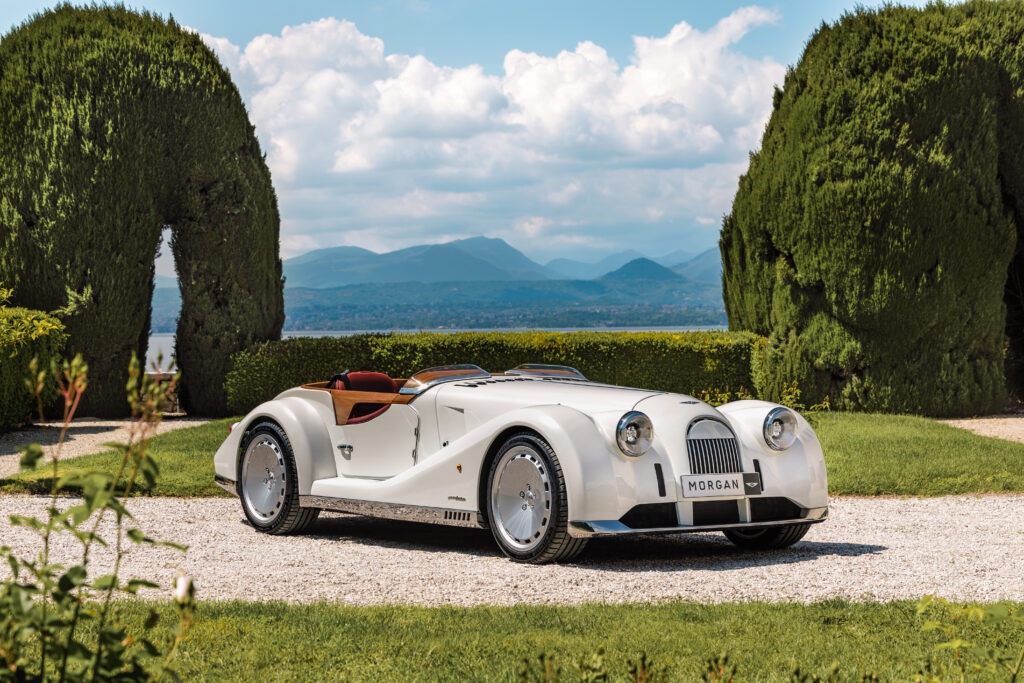
Italy has long been recognized for its long automotive tradition and innovative design techniques, inspiring car designers around the globe. Automotive design schools in Italy provide a vital incubator for creatives while upholding tradition through innovation. This article investigates Italy’s distinct ecosystem and educational approaches and their role in shaping automotive design’s future.
Italy's Automotive Legacy Meets Modernity
Italy has long been known for its love affair with automobiles since the early 20th century – seen through iconic marques like Ferrari, Lamborghini, and Alfa Romeo. This love story seamlessly merges with Italy’s design heritage; Pininfarina, Bertone, Italdesign’s legacy left an indelible imprint upon Italian automotive excellence while automotive design schools train students not only into skilled designers but also as champions of Italian automotive excellence. Also, see how Italian fashion culture influences the styles of students around the world.
1. Politecnico di Milano: Fostering Visionaries
Politecnico di Milano has become a premier automotive design education institution, producing cutting-edge thinkers. Their Master’s program in Transportation and Automobile Design offers an intensive journey through all areas of automobile design, from concept through prototyping, with major auto manufacturers as mentors; students learn aesthetics engineering, user experience design, and collaborative projects. Not only is knowledge provided here, but students have an opportunity to showcase their creativity while working alongside industry professionals!
2. IED Turin: Envisioning Automotive Futures
IED Turin provides a hub for envisioning automotive futures. Their Master in Transportation Design program offers tailored training that equips professionals capable of navigating contemporary automotive design. Their interdisciplinary curriculum blends theoretical insights with hands-on projects for an all-rounded education, while being located in Turin as an epicenter for automotive design they strategically facilitate collaborations, internships and access to cutting edge technologies so graduates are well prepared for all aspects of contemporary automotive design’s ever changing demands upon graduation.
3. Accademia di Belle Arti di Brera in Milan
This school takes an innovative approach to art and mobility by marrying fine arts principles with modern mobility challenges. Their Transportation and Car Design course perfectly combines these two strands, encouraging students to explore unconventional design solutions that challenge norms while reinventing automotive aesthetics. Emphasizing artistic expression as its central theme equips its students to become pioneers who push beyond conventional car designs while contributing to ongoing evolutions of automotive artistry.
4. Domus Academy in Milan
It provides Innovative Automotive Design Education Through Their Master in Car Design Program: Domus Academy’s unique, holistic approach to automotive design education through their Master in Car Design program allows students to actively participate in real-world projects while working closely with industry partners on applying design principles to practical challenges they present. Domus Academy prides itself on producing graduates who produce visually stunning vehicles and consider user experience and social implications when designing them themselves.
5. Turin Polytechnic University Explores Innovative Mobility Solutions
Turin Polytechnic University stands out in automotive education with its Master of Automotive Engineering program, which goes far beyond cars to encompass integrated transportation systems. Students explore cutting-edge technologies like autonomous and electric vehicles, sustainable mobility solutions, and intelligent transport systems while adapting to an ever-evolving automotive design world. Emphasizing innovation, sustainability, and technological advancement – graduates leave this program equipped to shape future mobility solutions.
An Innovative Mix of Craftsmanship and Innovation
Italian automotive design schools stand out as environments where tradition meets technology. Students use state-of-the-art digital design tools and are encouraged to embrace Italy’s design culture through hands-on, artisanal making processes. This unique balance allows future car designers to draw upon this heritage while pushing innovation in today’s digital environment. In case you wonder where to buy coursework online, see the link for professional help!
Exploring Collaboration and Internship Opportunities in Industry
Italian automotive design schools emphasize industry partnerships to give students hands-on experience working on real projects with real challenges. Internship opportunities at leading automotive manufacturers, design studios, and innovation labs allow students to gain valuable professional experience while increasing their understanding of industry dynamics, expanding networking connections, and setting them up for future success in automotive design.
Fostering Entrepreneurial Spirit
Italian automotive design schools foster more than technical skills in student education; they also promote an entrepreneurial spirit among their pupils. Recognizing the ever-evolving nature of automotive industries, these institutions encourage pupils to consider roles outside traditional ones when considering start-up ventures, innovative design solutions, or disruptive technologies – creating an environment characterized by creativity and innovation.
Graduates Shaping the Automotive World
Italy’s automotive design education has a legacy that extends far beyond its borders. It has produced prominent figures in global auto design who have had an effective influence on aesthetics and mobility globally. Italy has not only left an imprint through iconic vehicles produced by Italian institutions but also by cultivating talent capable of shaping future design innovation worldwide.




